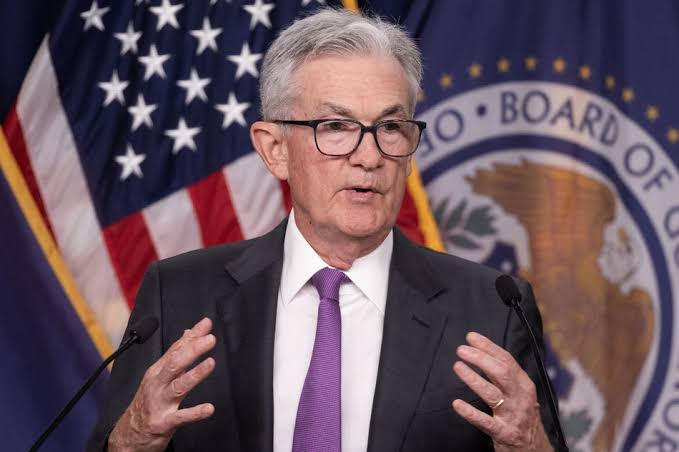US Federal Reserve raises key rate to highest level in 22 years after pause in June

The U.S. Federal Reserve on Wednesday raised its benchmark interest rate by another 0.25 percentage point to the highest level in 22 years following a pause in June, recognizing the need to do more to contain inflation and leaving the door open to further hikes.
The increase, announced after a two-day policy meeting, brings the federal funds rate, which banks charge each other for overnight borrowing, to a new target range of between 5.25 percent and 5.5 percent.
This is the 11thr try w hike since March 2022, when the U.S. central bank raised the key rate from near zero. In a statement, the bank said it is “highly attentive to inflation risks” as recent indicators show that economic activity has been growing at “a moderate pace,” job increases have been “robust” and inflation “remains elevated.”
Economists and investors were keen to find any clues as to whether the latest hike, approved unanimously by members of the Federal Open Market Committee, would be the Fed’s final move this year in its inflation fight.
Fed Chair Jerome Powell, asked repeatedly about this point at a press conference, said the Fed could decide on another hike in September, depending on incoming inflation and job figures.
“I would say it is certainly possible that we would raise funds again at the September meeting if the data warranted,” Powell said. “And I would also say it’s possible that we would choose to hold steady at that meeting. We’re going to be making careful assessments, as I said, meeting by meeting.”
At the June meeting, the bank’s policymaking FOMC left the rate unchanged following 10 consecutive increases, saying it wanted time to assess the effects of its past decisions and labor market figures.
At the time, Powell said the pause was needed to also examine any fallout from the banking turmoil that shook the U.S. financial system earlier this year, while noting that most of the central bank’s policymakers viewed additional rate hikes as necessary later this year to cool down the economy.
Inflation in the United States has declined considerably since it peaked last summer at 9.1 percent, a level unseen since more than four decades earlier.
Although inflation also broadly slowed in June, with the consumer price index rising 3 percent from a year earlier to register the smallest increase since March 2021, it is still far above the Fed’s 2 percent target.
Moreover, economic data have shown that the U.S. labor market remains strong. Citing income gains, the International Monetary Fund earlier this week revised upward its 2023 growth forecast for the United States to 1.8 percent, compared with the 1.6 percent projected in April.
The Fed has ruled out the possibility of cutting the key rate anytime soon, but it has become increasingly careful not to set the stage for the world’s largest economy to tip into a recession by raising the cost to borrow too much.
Powell reiterated on Wednesday, “We’d be comfortable cutting rates when we’re comfortable cutting rates, and that won’t be this year,” while showing confidence in the prospects of reining in consumer prices without triggering a sharp economic downturn.
“But it’s a long way from assured,” he added.




